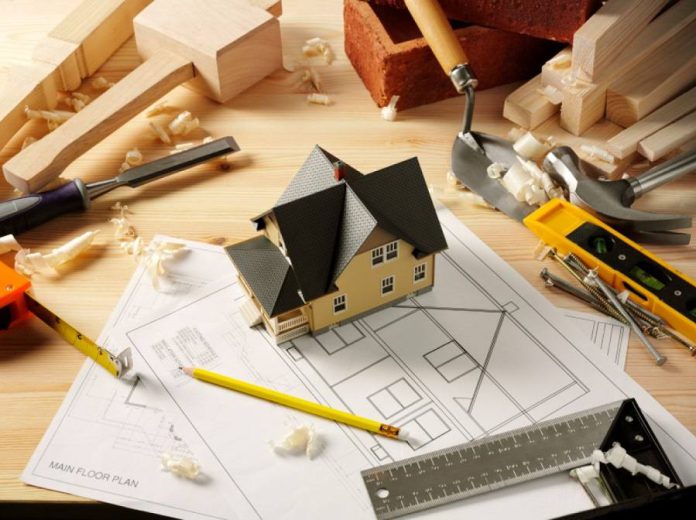Relocating to a new home often comes with the excitement of making the space your own. However, home improvement projects can quickly become a financial burden, especially after the expenses associated with moving. Strategizing to save money while transforming
your new residence into your dream home is crucial.
Read on to learn how you can save money on home improvement projects after a big move.
Plan Your Projects Wisely
Starting home improvements right after moving can be overwhelming, so a well-thought-out plan is vital. Assess which projects are necessary for the functionality and safety of your home—such as fixing a leaky roof or unstable flooring—and tackle these first. Although tempting, cosmetic updates, like painting rooms or updating fixtures, can be deferred. This approach ensures that critical fixes are addressed promptly and helps manage financial resources better by spacing out less urgent projects.
Budget for Home Improvements
After relocating, your budget may be limited, so it’s crucial to define what you can realistically spend on renovations. List all potential projects and estimate their costs, including materials and labor. Incorporate a contingency budget—typically 20% of the total estimated costs—to cover unforeseen expenses that often arise during home improvements. Utilize budgeting tools or spreadsheets to help monitor your spending and keep the renovations within financial bounds, preventing unnecessary debt or financial strain.
Find Cost-Effective Resources
To stretch your home improvement budget further, explore the availability of second-hand or discounted materials. Second-hand and thrift shops are excellent for finding used and surplus building supplies at significantly reduced prices. Additionally, online marketplaces are valuable resources for securing gently used or even new fixtures and fittings at a bargain. This approach saves money and contributes to environmental sustainability by reusing materials.
DIY Where Possible
Reducing labor costs is a strategic way to significantly lower home improvement expenses. Assess your skills and consider undertaking projects, such as painting walls or basic carpentry tasks. A wealth of online tutorials and DIY forums can provide guidance and tips. Tackling these projects yourself helps save money, enhances your skills, and gives you a profound sense of achievement as you see your efforts materialize into tangible results.
Hire Professionals When Necessary
Particular home improvement projects require professional expertise to ensure safety and quality. Hiring qualified professionals is crucial for complex tasks like electrical work or major plumbing. Obtain multiple estimates to provide competitive pricing and quality service. For a seamless transition and reliable advice, consider connecting with the best movers in Philadelphia or your local area who may offer or recommend expert services for specific home improvement needs.
Take Advantage of Sales and Discounts
Strategic purchasing can lead to substantial savings on home improvement costs. Capitalize on off-peak discounts and seasonal sales offered by suppliers and service providers. Additionally, subscribing to newsletters and joining loyalty programs can grant you access to exclusive deals and promotions, allowing you to procure materials or services at a lower cost, ultimately reducing the overall expense of your projects.
Invest in Energy Efficient Improvements
Investing in energy-efficient home improvements can provide considerable savings over time. Upgrading to better insulation, installing energy-efficient windows, and switching to LED lighting effectively reduce energy consumption. Many regions offer rebates or tax incentives for such upgrades, which can significantly offset the initial investment costs, making these improvements environmentally friendly and economically wise.
Recycle and Reuse
Consider repurposing or refurbishing items already in your home instead of purchasing new ones. Simple updates like a new paint job on old cabinets or replacing outdated drawer pulls can dramatically enhance the look of a room without the need for complete replacements. This saves money and adds a personalized touch to your décor, reflecting your unique style and creativity.
Networking with Neighbors
Building relationships with neighbors can be invaluable in your home improvement journey. Many communities have networks for sharing tools and resources, saving you the expense and storage space required for infrequently used equipment. Additionally, neighbors can provide trusted contractor referrals and share advice based on their experiences, contributing to more informed and cost-effective home improvement decisions.
Conclusion
Saving money on home improvement projects after a big move is feasible with careful planning, a hands-on approach, and strategic spending. By keeping these tips in mind, you can make significant improvements without straining your finances. Embrace the process as part of making your new house a proper home.















